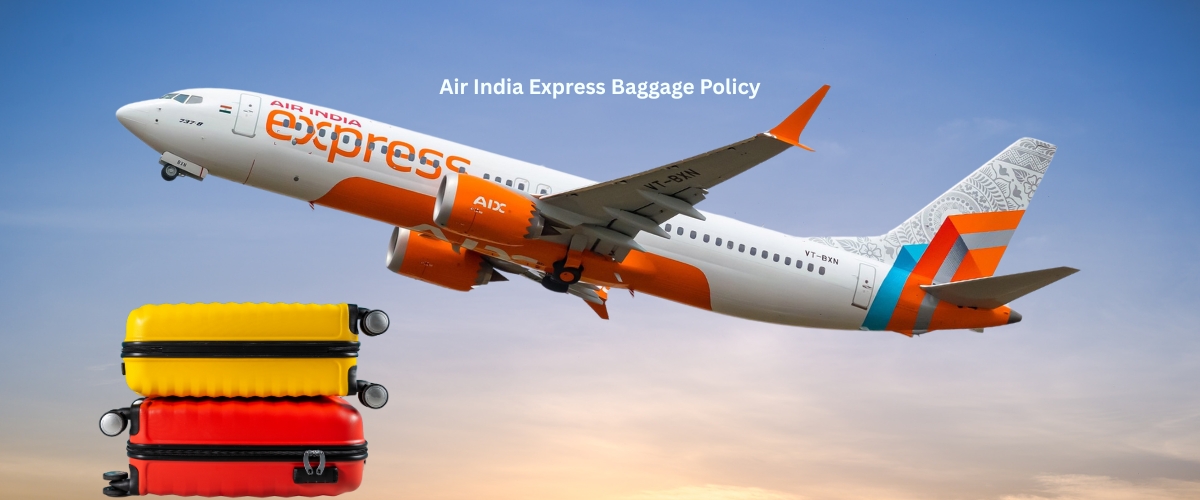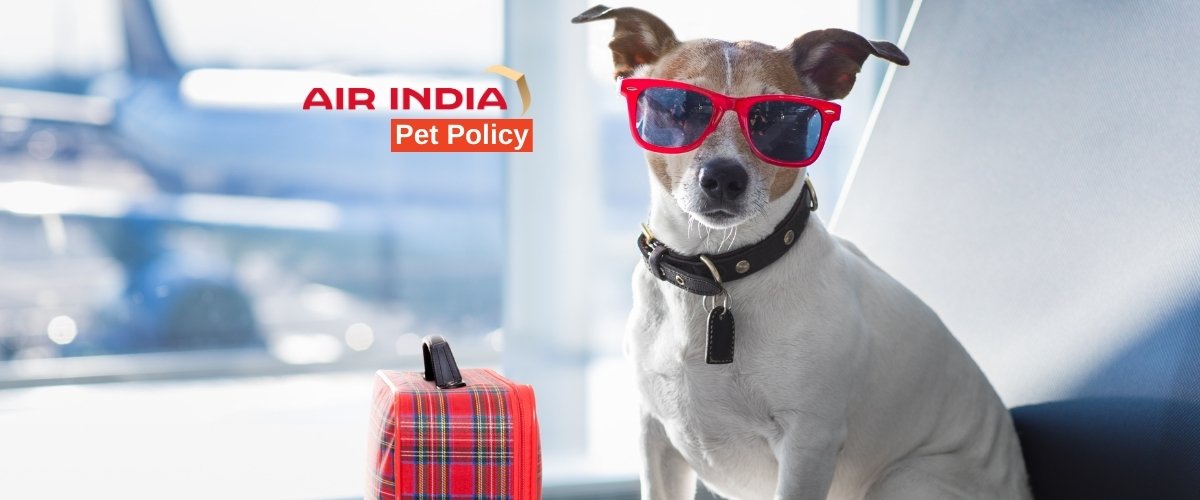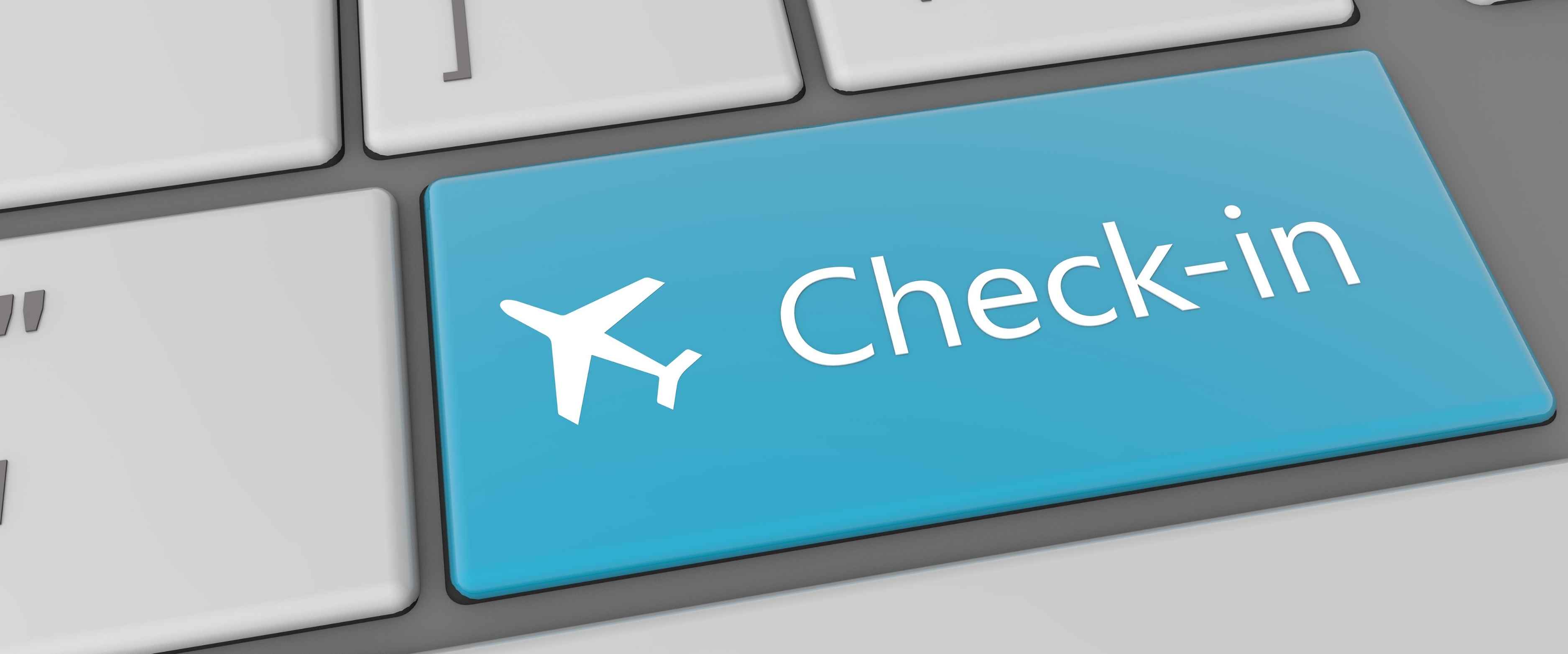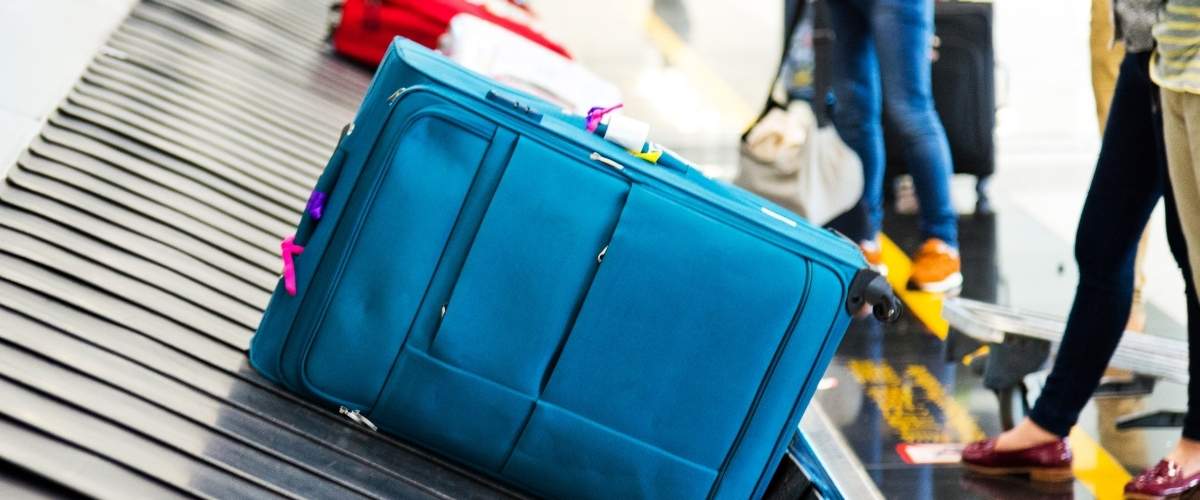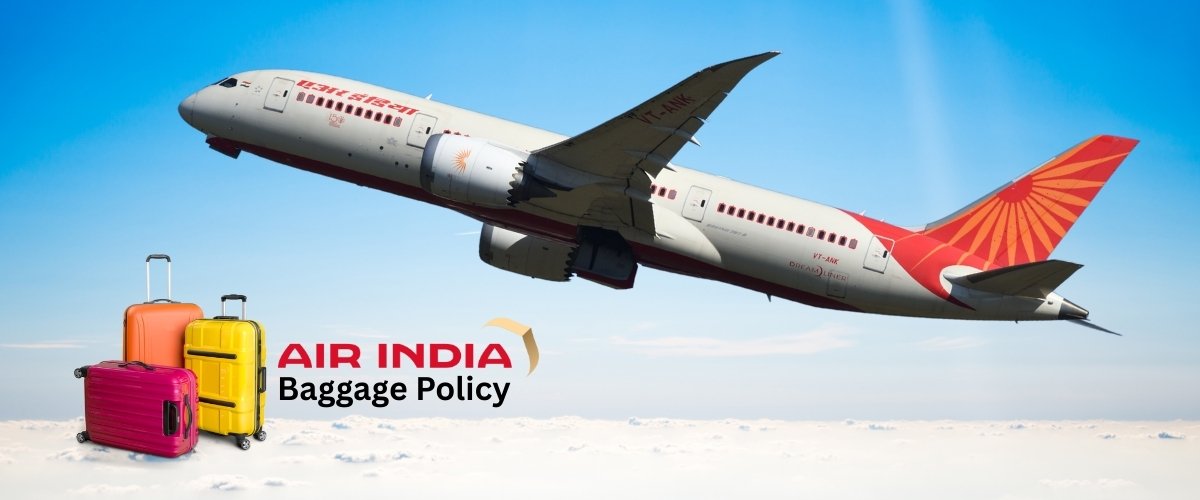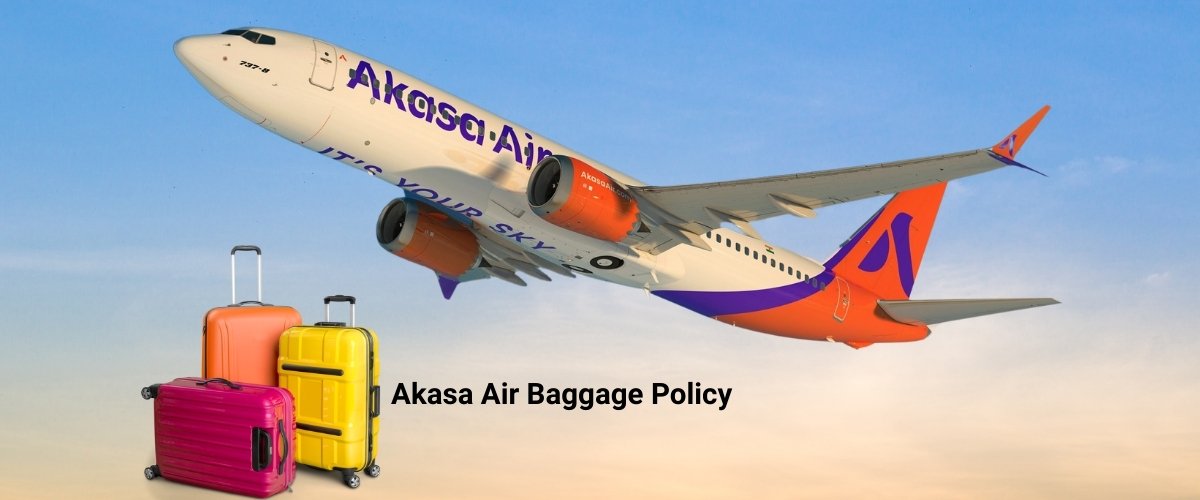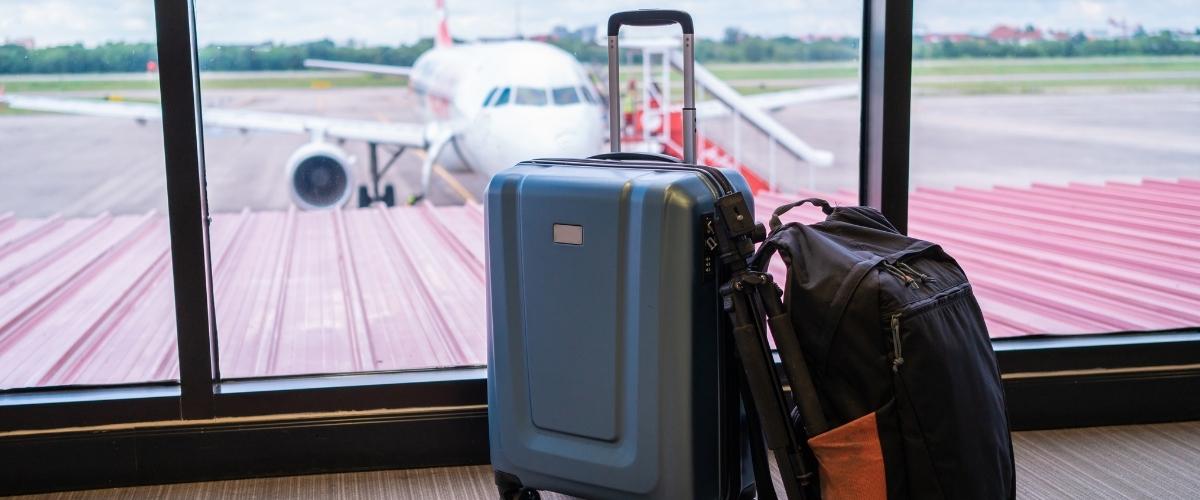Airport security can be daunting, particularly when you're not well-versed. Long queues, rigid rules, and last-minute checks can leave you feeling overwhelmed. However, don't worry! With the proper knowledge and preparation, you can breeze through security and start your trip on a positive note. This guide will help you learn about airport security and give you tips to get through the process more efficiently.
Flying? Getting to the airport early will help you not get lost in the crowds. At airports, it's all about hustle and bustle, the planes are coming in and out, and people are dashing to their departure gates. The security line can be longer than foreseen, and so it might be difficult for people to get through. A person must fix his security pass, which will be his ticket to enter the gate first. Moreover, he should have finished his baggage check much earlier than the security check started. At least two hours before departure for local and international flights and at least three hours before departure will be enough for you. To do everything without any problems, I suggest you arrive 2 hours before your national flight and 3 hours before your international flight. This will give you some waiting time for the security check as well as a quicker way to get through the lines that are not as frequent during the day as others.
Pro Tip: The best time to fly is during the holiday period or in the morning, as the queue at the security gate is usually very long. Peaks mean a long wait time for the security line at most airports.
Before you get to the airport, know the regulations regarding what you can bring in your carry-on. Here are the most important guidelines:
Liquids: You can only bring liquids packed in containers of not more than 100 ml and placed into a transparent, re-sealable plastic bag.
Medications: If you need to bring liquid medication when it exceeds the limit, kindly report it to the security officers, who might want to check it, but you can still be granted permission to carry it along.
Food: You can bring sandwiches with you as they are solid foods, but you will be questioned about spreadable foods (for example, peanut butter or jam). If available, it's wiser to load them in the checked luggage.
Electronics: Laptops, tablets, and the like, which are the more significant electronics, should be moved away from your bag and placed on a separate tray for the X-ray to do their job.
Pro Tip: Always contact your airline company or the airport security guidelines, as they can be modified.
One of the most common things they have for you to do when you go through security is to take off your shoes, belt, and jacket. The boys who are picked out to be searched are told to hand out their shoes quickly and then put them on again, as this process can be time-consuming. Avoid shoes that clasp at the ankles, scrunch up like a dress shoe, or have significant heels, as they contribute to a decline in your speed. Keep clothing uncomplicated and do not wear bulky clothes or metal things, such as large buckles, as these might set off alarms during the scan.
Pro Tip: A good suggestion is to wear slip-on shoes and lessen the number of jewellery you wear. This is a hassle because it sometimes becomes so hard to change all these things now and then.
The step-by-step method of getting through airport security is the key to it, and people who know what to deal with it will do the process easily:
Check-in: After you arrive, go to the airline counter and check-in. Leave luggage that needs to be checked. Do ensure that you have your boarding pass and ID with you.
Security Check: The security guards will require you to show your boarding pass and ID. Then, the screeners will be checked for carry-on bags, electronics, and other personal items by an X-ray machine.
Body Scanners and Metal Detectors: You will pass through a body scanner or a metal detector. Sometimes, you might trigger alarms, which means a second screening is required. But it is always okay, and in fact, it is a part of the safety norm.
Pro Tip: Mount your ID and boarding pass in a place that will go with your hand when asked, so you can answer quickly.
Even if you comply with all the regulations, you may get randomly chosen for an additional check for unknown reasons. This may include a swab test for explosives or a pat-down. This is common and does not mean you have made a mistake. Remember to keep calm and do what the officers tell you; you will be done in no time.
Pro Tip: Do not be worried if you are selected for random checks. It's part of the standard procedure and helps ensure everyone's safety.
Security checks can be demanding and disturbing during peak hours. However, it is an everyday occurrence in such a situation. Show patience and be quiet, but at the same time, do not forget to be organized so that you can stay full of energy.
Pro Tip: Get a book or one of your favourite things to have something with you to pass the waiting time in the line. Staying calm will help you get through the process faster.
Some items are more difficult to be allowed through the screening process, such as those that require additional attention:
Duty-Free Purchases: If you buy items like liquids at duty-free shops, ensure the items are sealed in a unique bag with a receipt. You will need to show the items and the receipt during security screening.
Sports Equipment and Musical Instruments: Large items like guitars or sports equipment need to be checked in with your airline before the flight. Be sure to check your airline's policy on large or fragile items.
Pro Tip: The easiest way to deal with large/tender items is to check them in. It's primarily critical in preventing long delays through the security check-in.
Travelling during non-peak times can simplify your security checks by giving you more space. Early mornings, weekends, holidays, and the increased passenger traffic stand out as the busier times for airlines. If convenient, reserve a flight for mid-day or evening when airports are less congested.
Pro Tip: Traveling during the least crowded periods, in turn, will maximize airport users' benefits of braving shorter lines at the checkpoints and enjoying more serene airport atmospheres.
Be aware of the everchanging airport security rules because it is a great idea to get information directly from the airport's official website or from your airline's website before departure. Check if any new rules (e.g. prohibited items) to be aware of or changes to the security screening process. are necessary.
Pro Tip: You are better off checking the latest security information before you leave to avoid any confusion and thus make a trip go smoother.
Learning the airport layout is another great idea to save time and make the journey much more convenient for you. Nowadays, several airports distribute maps and apps that you can use to move through security, baggage claim, and gate areas. Congruently, mapping out where the essentials are will allow you to have a much better experience getting through the airport, and you won't have the sharp edges of irritation poking out of all the stressful spots.
Pro Tip: By glancing at the airport map or getting the airport's app uploaded, you will find the most direct path through security and to your gate.
Airport security may appear to be a big problem, but it is easier to handle if you know what to expect. Planning, packing accurately, and following the rules make the whole process more relaxed. Learn to keep calm and wait for your turn wherever it is-and of course, before you go, make it a point to look up what's new. By practising these simple methods, your airport screening will become more smooth, and you can prepare to take off in time! If you're looking for a simple way to book your next flight, FlightsMojo is a great platform to find convenient and affordable flight options!
1. How early should I arrive at the airport before my flight?
It’s best to arrive 2 hours before a domestic flight and 3 hours before an international flight. This will give you enough time for check-in, security, and finding your gate.
2. What can I bring in my carry-on bag?
You can bring clothes, books, electronics, and food. But liquids must be in 100 ml or less containers and placed in a clear, resealable plastic bag. Always check your airline’s rules to be sure.
3. Do I need to take off my shoes at security?
Yes, you usually need to take off your shoes, belt, and jacket at security. This is part of the security process.
4. What happens during a security check?
At security, you’ll show your boarding pass and ID. Your carry-on bags will go through an X-ray machine, and you’ll walk through a metal detector or body scanner.
5. Can I bring food through security?
Yes, you can bring solid food like sandwiches or fruit. But spreadable foods like peanut butter should be packed in your checked luggage.
6. What if I need to bring liquid medicine?
Tell the security officers if you need to bring liquid medicine that’s more than 100 ml. They’ll check it, but you can still take it with you.
7. Can I bring my laptop or tablet through security?
Yes, you can. But you’ll need to place your laptop, tablet, or other big electronics in a separate tray during security screening.
8. What if I get picked for a random check?
Sometimes, people are randomly chosen for extra checks. This could include a quick hand swab or a pat-down. Don’t worry; this is normal and doesn’t take long.
9. What should I know about duty-free items?
Buying liquids at duty-free shops must be sealed in a special bag with a receipt. You’ll need to show the items and receipt at security.
10. How can I know the latest airport security rules?
Security rules can change, so checking with the airport or your airline before flying is a good idea. FlightsMojo can help you stay updated on the latest rules and make travel easier.
